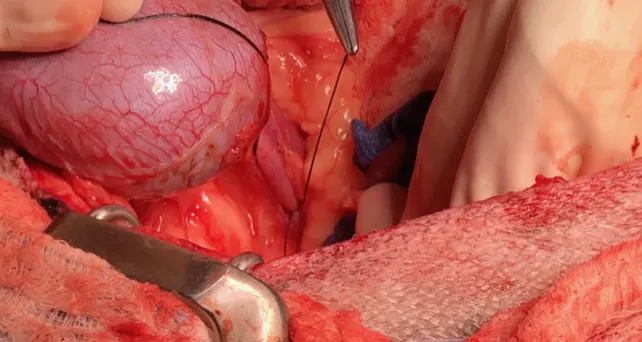
Appropriate suture selection is fundamental for successful completion of a surgical procedure, optimization of patient outcomes, and minimization of peri- and postoperative complications. Suture types may be classified based on individual characteristics, including tensile strength, pliability (for ease of use), size (ie, diameter), composition, absorbability, and adjunctive features (eg, antibacterial coatings). Multiple suitable options are often available; however, a thorough understanding of the suture material properties, specific wound environment, and relevant patient factors is needed to choose the correct suture type.
Take the Quiz
Conclusion
Appropriate suture selection is a complex and critically important process that requires consideration of the intrinsic material properties, suture environment, relevant patient comorbidities, and type of tissue and surgical procedure. The goal is to select a suture type that loses strength at a similar rate to which the tissue gains strength, thereby providing adequate support during wound healing while still subjecting tissue to the requisite biomechanical stimuli to promote resolution. Proper attention to these details can improve the surgical success rate and minimize postoperative complications.